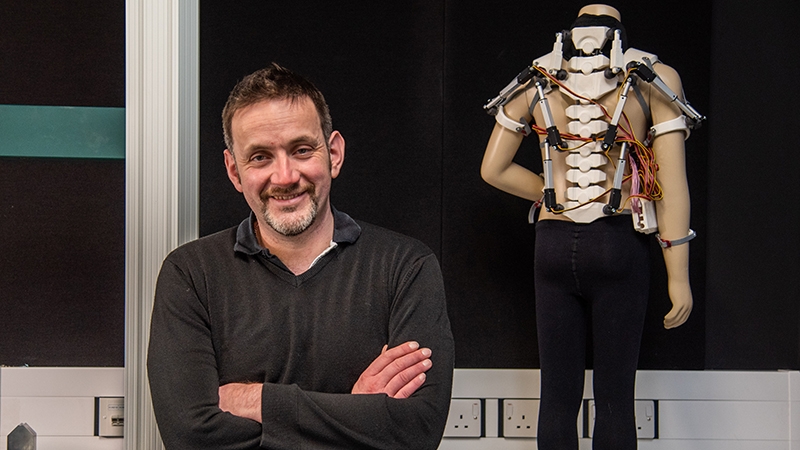Sometimes it takes a child’s question to highlight the obvious.
.
The question for Dr Matt Dickinson from the University of Central Lancashire was: “Why is there not a special shirt that children can wear that will help them move?”
.
The query and a rough design were provided by Christina, a school pupil taking part in the Primary Engineer competition, which combines children’s imagination with the engineering expertise of companies such as Rolls-Royce to find solutions to the world’s problems. “I instantly saw then that she’s obviously referring to some type of exoskeleton,” said Dickinson. “I thought there’s millions of these, they’re everywhere all over the world.” Having done some research, however, he was shocked to find that nothing met the design brief. Christina’s cousin has spinal muscular atrophy, and needed extra support to balance and move. After initially exploring aluminium as an option – “it would have been stupidly expensive” – Dickinson decided to build a device using 3D-printed materials, and is now testing it with Pennsylvania’s Tinius Olsen Testing Machine Company. Restoring mobility Exoskeletons have been printed before. One example […]
Case Study: How PepsiCo achieved 96% cost savings on tooling with 3D Printing Technology
Above: PepsiCo food, snack, and beverage product line-up/Source: PepsiCo PepsiCo turned to tooling with 3D printing...





0 Comments